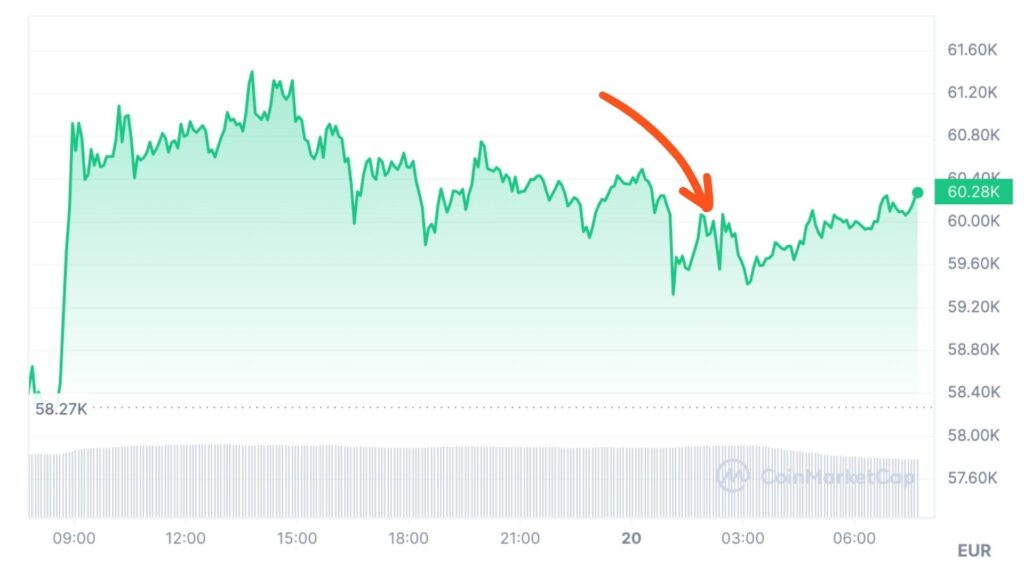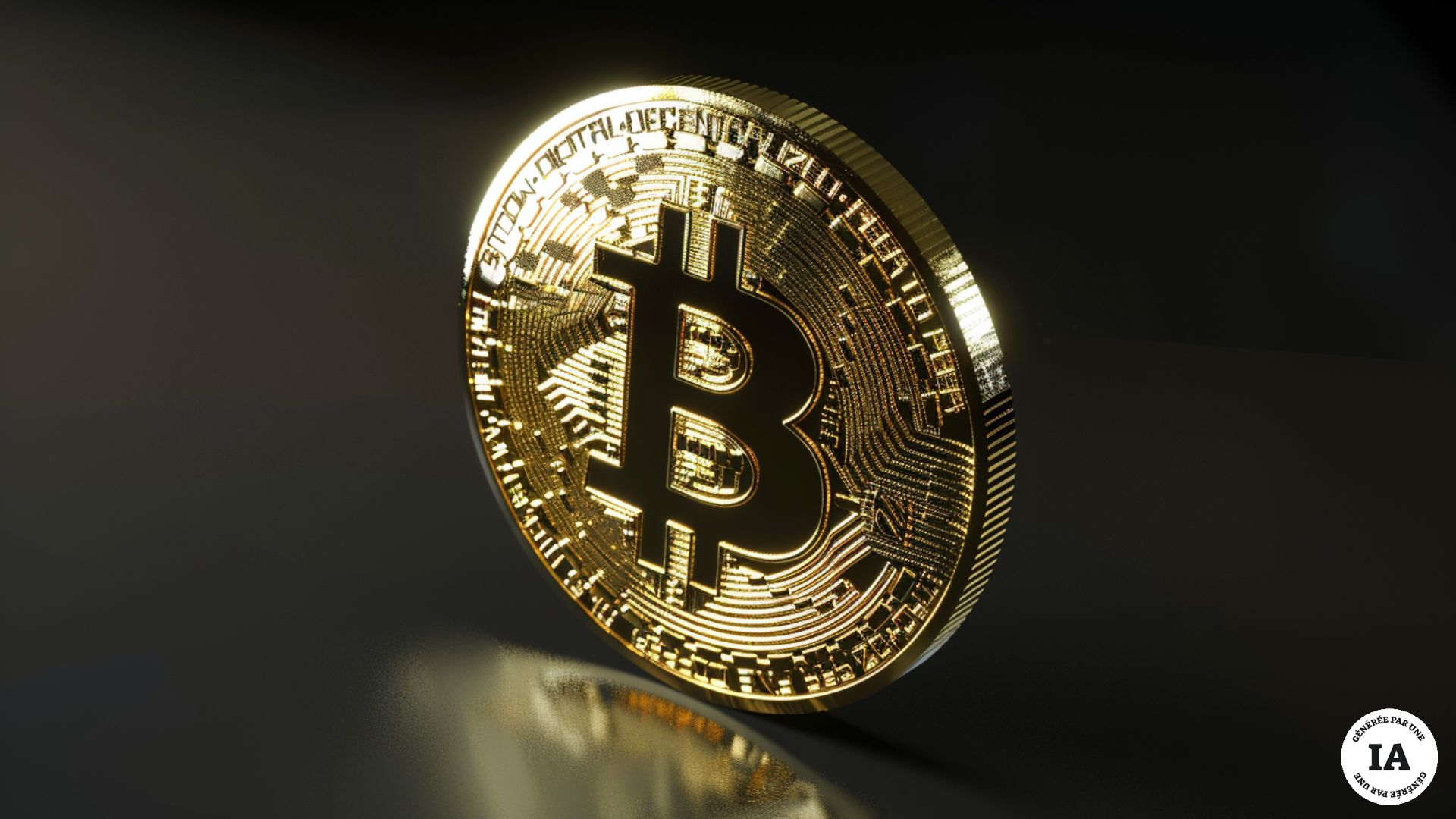The bitcoin halving took place on the night of April 20, 2024, and its first effects are already being felt on the price of the cryptocurrency. However, we will have to wait before seeing its impact in the long term.
That's it: the 840,000th block of the bitcoin blockchain was mined on the night of April 20, 2024, a little after 2 a.m. The halving took place. For bitcoin owners, nothing has really changed. Their bitcoins are still there, and the blockchain is working as usual. For the moment, it is especially for minors that halving is most felt.
Advertisement
Since that night, the rewards granted to miners for each new validated block have in fact been reduced by two. Previously, they received 6.25 bitcoins per block — now they only receive 3.125 BTC. A drastic reduction, which halves their income, and which will have strong repercussions on the entire crypto ecosystem in the coming days.
Will the halving make the price of bitcoin rise, or make it fall?
Since the halving took place, the price of bitcoin has remained relatively stable, but it initially fell. While it had spent the day around $60,000, at 2:20 a.m., it fell for the first time to $59,600, before rising again and then losing everything again.
Since then, bitcoin has gradually regained value, reaching the prices it had the day before the halving. It should be noted, however, that since bitcoin broke its ultimate price record in March, surpassing $69,000 and then $70,000, the cryptocurrency has fallen back. It has since stagnated at around $60,000.

While it is still too early to know what the impact of this halving will be on bitcoin in the long term, experts are leaning towards three different scenarios. In the first case, halving will lead to an increase in prices, as has already happened in the past. But this hypothesis is increasingly criticized.
Advertisement
The second scenario is more nuanced: some experts believe that the craze for bitcoin ETFs and the fact that bitcoin recently broke its previous price record have run out of steam in the market. As a result, they believe that halving may not have a significant effect on bitcoin prices, which would stagnate, or increase only slightly.
Finally, the 3rd scenario is the most pessimistic. The JPMorgan bank estimates that the price of bitcoin could fall after the halving, and even fall back towards $42,000. This forecast is supported by the recent example of Bitcoin Cash, resulting from a fork with bitcoin in 2017. Bitcoin Cash also experienced a halving at the beginning of April, and although prices quickly took off afterwards, they ended up falling by 30%. Does a similar fate await bitcoin? Response in the coming days.
